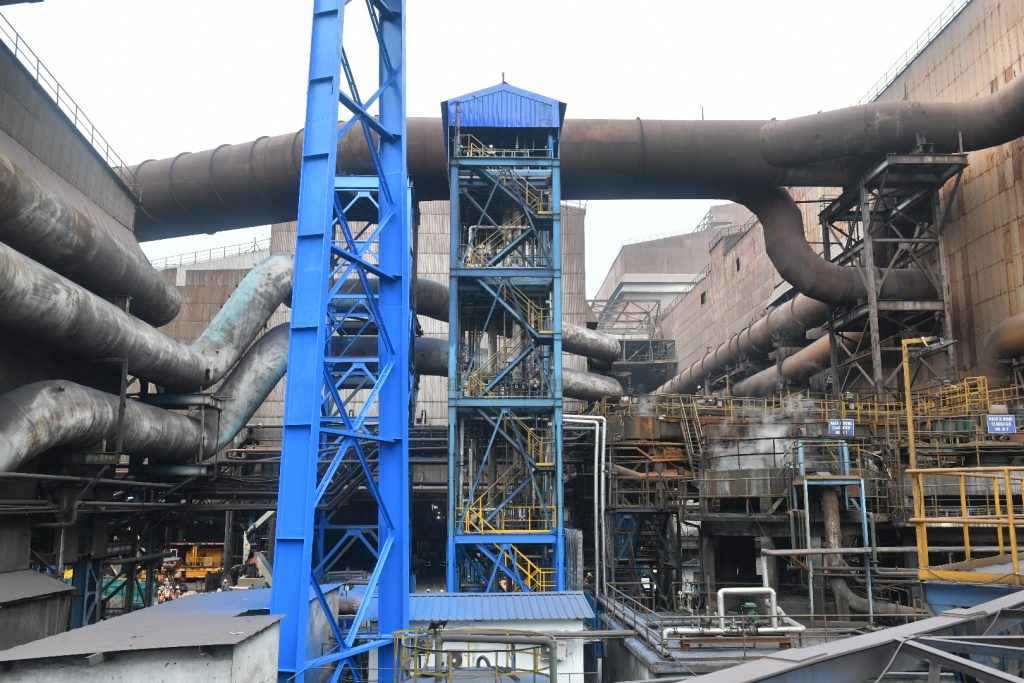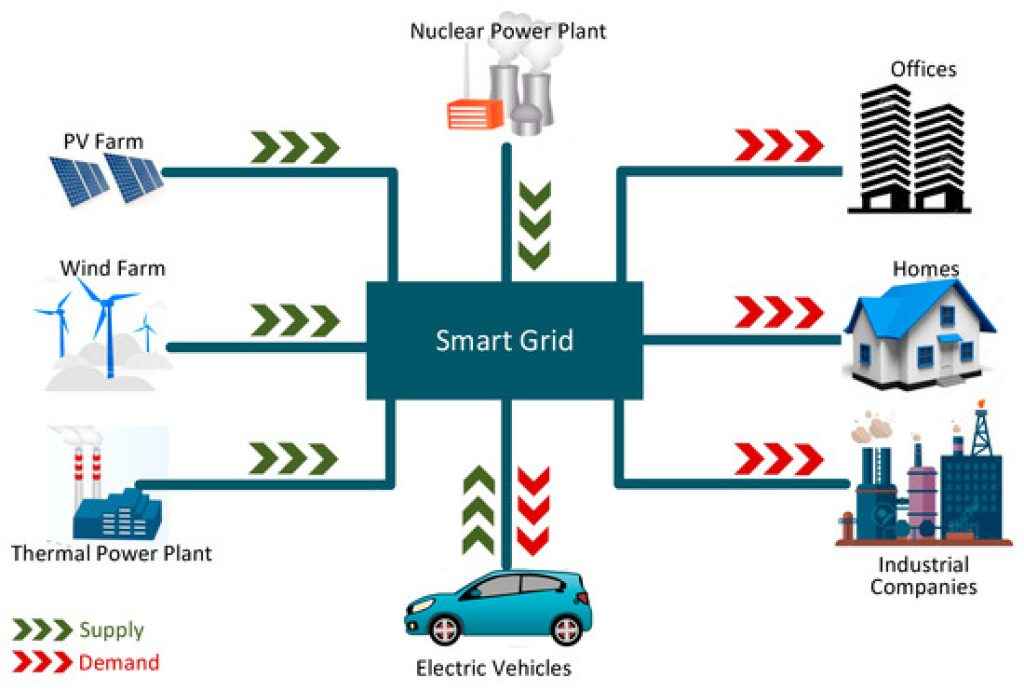5 Ways India is Helping the Environment: From Net Zero to Beyond Plastic
India’s End-of-Life Vehicle Rules and recycling policies aim to cut emissions and boost material recovery
Massive investments in solar, wind, and nuclear energy are driving India’s shift from fossil fuels
Green hydrogen, smart infrastructure, and waste innovations are powering India’s journey toward a sustainable future.

A dusty diesel truck rumbles into a newly established scrappage center in a village near Pune. It’s one of the first to be decommissioned under India’s new End-of-Life Vehicle (EoLV) Rules, a regulation set to reshape the country’s automobile landscape starting April 1, 2025. This is not just about scrapping vehicles—it’s part of a broader narrative of how India, one of the fastest-growing economies and the third-largest emitter of greenhouse gases, is reimagining its environmental future.
 Survey
SurveyFrom clean hydrogen to waste segregation on university campuses, India’s environmental journey is a tapestry of high-tech solutions, grassroots initiatives, and ambitious national policies. Here’s a closer look at five powerful ways the country is driving real, measurable change.
Also read: Lithium-sulfur batteries could make your batteries last for longer than ever!
1. End-of-Life Vehicle (EoLV) Rules, 2025: Driving Toward Cleaner Roads

The EoLV Rules are more than a bureaucratic upgrade—they’re a cultural shift in how India views aging vehicles. Under the new law, manufacturers and owners must ensure that vehicles unfit for use are properly dismantled in authorized centers. The government is introducing Extended Producer Responsibility (EPR) certificates, tracked via a centralized online system to monitor compliance.
Phasing out older, high-emission vehicles could cut particulate pollution significantly. According to the International Council on Clean Transportation (ICCT), scrapping pre-BS IV commercial vehicles could reduce particulate matter (PM) emissions by up to 20% in urban areas. The co-benefits include better fuel efficiency and public health outcomes.
Beyond emissions, there’s a materials story here. Recycling scrapped vehicles means recovering steel, aluminum, plastic, and rare metals. According to NITI Aayog, India could recover materials worth over ₹34,000 crore annually. And by nudging consumers toward newer, cleaner electric vehicles, the policy is expected to catalyze EV adoption.
2. Renewable Energy Technologies: From Sunshine to Sustainability
In a sun-baked field in Rajasthan, rows of solar panels stretch into the distance. India has already installed over 72 GW of solar capacity and ranks fourth globally in wind energy with more than 44 GW. But these numbers are just the surface of a deeper transformation.
The reliability of renewables is no longer a barrier with battery storage, digital grid integration, and predictive analytics, we can harness solar and wind at scale.
State initiatives like Gujarat’s rooftop solar subsidies and Andhra Pradesh’s wind corridors are accelerating this push. Meanwhile, the government has committed ₹20,000 crore to Small Modular Reactors (SMRs), with a vision to produce 100 GW of nuclear energy by 2047.
Switching to renewables helps reduce reliance on coal, which still powers over 55% of the grid. Solar and wind together are preventing tens of millions of tons of CO2 emissions every year—helping both the planet and India’s urban air quality.
3. Green Hydrogen and Carbon Capture: Fueling the Future
India is placing a big bet on green hydrogen—one that could redefine industrial fuel. The National Green Hydrogen Mission, backed by a ₹19,744 crore investment, aims to produce 5 million metric tonnes annually by 2030.
This green hydrogen, made from water using renewable electricity, is set to replace fossil-based hydrogen in refining and ammonia production, and fuel long-haul trucks and ships. Pilot programs are already underway at IOCL and NTPC facilities.
Meanwhile, Carbon Capture and Storage (CCS) is slowly but steadily gaining traction. Tata Steel has established a 5 tonnes-per-day carbon capture plant at its Jamshedpur site—the first of its kind in the country.
Also read: As AQI in Indian Cities Decay, In-House Air Quality Solutions Rise

Aniruddha Sharma, CEO of Carbon Clean, which partnered on the project, noted: “Capturing carbon from blast furnace gas will not only decarbonise the steel plants but will also open avenues for the hydrogen economy.”
These initiatives are more than industrial tools—they represent India’s emergence as a clean-tech innovator in the global south.
4. Energy Efficiency and Smart Infrastructure: Doing More With Less
India’s green goals aren’t limited to what energy is produced—they also focus on how it’s used. The Energy Conservation Act, amended in 2022, now provides for a formal carbon trading mechanism. The Perform, Achieve, and Trade (PAT) scheme has already saved over 92 million tonnes of oil equivalent since its launch.
Buildings are also in focus. The Energy Conservation Building Code (ECBC) mandates efficient lighting, insulation, and HVAC systems in commercial properties. Smart grid projects across Delhi, Bangalore, and Pune are using AI to balance supply and demand, prevent outages, and reduce losses.

Efficiency is the low-hanging fruit. A well-designed building can cut energy use by 40–60%. Now imagine this across all urban India.
5. Water and Waste Management: Recycling Every Drop and Scrap
In the arid village of Barmer, Rajasthan, families now have clean drinking water thanks to UF membrane systems developed by Indian scientists. These cost-effective units, along with ceramic filters, have been deployed in over 25,000 rural habitations.
Waste, too, is being rethought. At IIT Jodhpur, a zero-waste campus showcases how academic institutions can lead by example—with organic composters, smart bins, and constructed wetlands that treat sewage naturally.
And at the macro level, India is scaling up Waste-to-Energy (WtE) infrastructure. With over 110 plants operational or under construction, the country is turning municipal solid waste into 400+ MW of clean power.
The payoff? Less garbage in landfills, lower methane emissions, and cleaner rivers and water bodies.
A Green Blueprint for the World
From the dusty scrapyards of Delhi to the solar fields of Tamil Nadu, from hydrogen labs in Gujarat to composting units in Rajasthan—India’s environmental initiatives are varied, ambitious, and impactful.
As the country marches toward its Net Zero target by 2070, the road ahead won’t be easy. But with a blend of policy, innovation, and public participation, India is not just adapting to climate change—it is defining what environmental leadership can look like in the 21st century.
And the world is watching.
Also read: Snowflake’s new AI agents aim to democratize data analytics: Here’s how
Vyom Ramani
A journalist with a soft spot for tech, games, and things that go beep. While waiting for a delayed metro or rebooting his brain, you’ll find him solving Rubik’s Cubes, bingeing F1, or hunting for the next great snack. View Full Profile